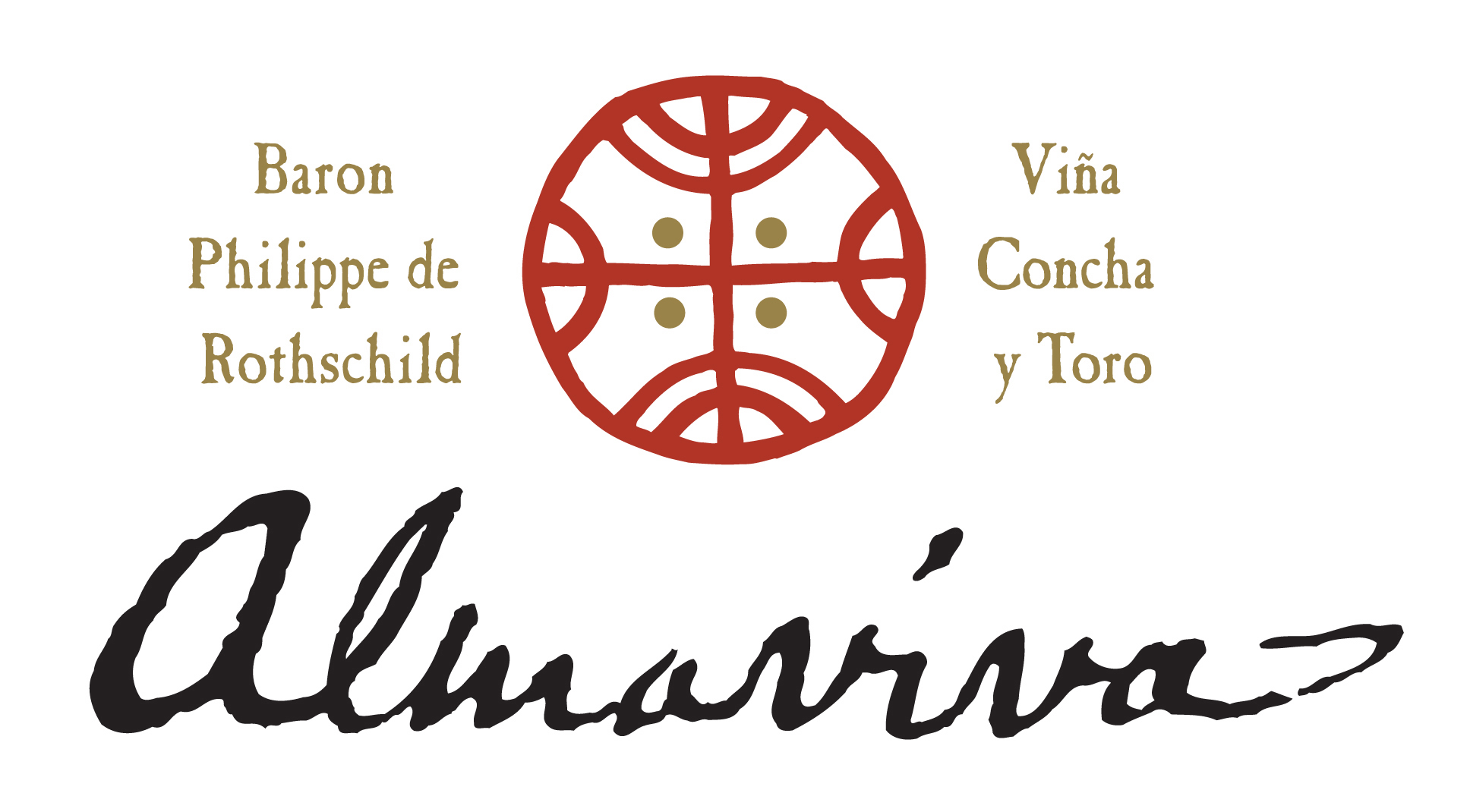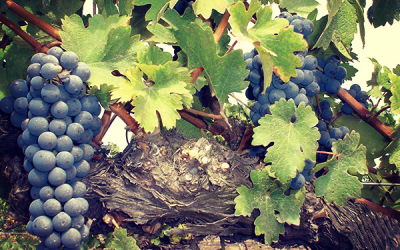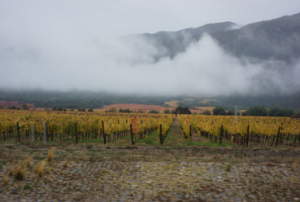
Tasting Report
Chile’s Soulful Wine Revolution
I spent almost a week in Chile tasting a few hundred wines and visiting dozens of wineries and winemakers while my tasting coordinator and videographer travelled up and down the maritime nation, from the south in Bio Bio to the north in Aconcagua. JameSuckling.com has lots of videos from Chile coming online as well.
I don’t have to tell you how fascinating Chile is as a wine producing country. Many of you already know it, and that the country offers so much more than just simple, cheap and delicious wines. I am back in Chile this weekend to taste another 200 wines.
Although Chile is considered one of the best value wine producers in the world, it’s quickly becoming one of the most serious wine producers, making fascinating wines from balanced and complex pinot noirs to tiny production old vine cariñena and syrahs.
Don’t miss the opportunity to catch the Chilean fine wine revolution now as many of the wines are priced between $20 and $30. In terms of quality, many are worth two or three times the price.
It seems so many of the winemakers there are striving to make soulful, heartfelt wines with balance and finesse. They are wines that emphasize the uniqueness of Chile.
People speak about the influence of the Andes Mountains in Chile for viticulture and wine styles, but I believe it’s much more about the effect of the sea. Maybe I am stating the obvious? But Chile has more than 4,000 kilometers of coastline and it dramatically influences what and how grapes are grown and, in effect, what wines are produced.
When I taste excellent pinot noirs from Chile, I think of California’s Central Coast or Australia’s Mornington Peninsula.
Cariñenas are like funky yet soulful reds from maritimeinfluenced areas of Southern France. And this doesn’t even take into account the fabulous cabernet sauvignons made from the Valle de Maipo near the capital of Santiago that have an almost Graveslike iodine or oyster shell subtlety running through them.
Of course, carmenere leaves its special mark in Chile. In certain areas, it makes a wine with unique rose petal and ripe fruit character with hints of fresh herbs and wet soil. The best I have tasted is Lapostolle Clos Apalta from the Valle de Apalta and the Purple Angel from Montes in Valle de Colchagua. They are some of the top reds in the country and prove that Chile is the only country in the world that can manage to make great wines from this finicky grape.
There’s also a growing band of underground winemakers who are challenging traditions and accepted wisdoms of Chilean winemaking. They make individualist wines from old vine grape types such as cariñena moscatel, and pais (mission). They tend their vines organically and even use horses in the vineyard. They make their wines in small wineries or garages and do everything themselves. Some of them work together in makeshift associations such MOVI (Movimiento de Viñateros Independientes).
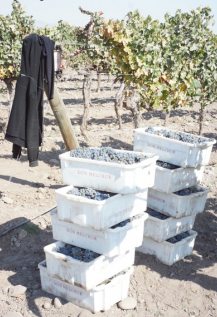
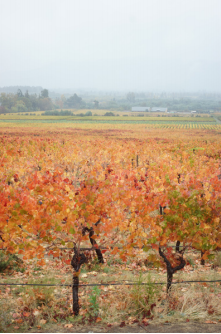 “We want to show the world that apart from having big companies in Chile producing very good wines, there also exists these small family companies that have the capacity to make wines with a lot of character and a lot of soul,” said Andres Sanchez, cofounder of MOVI.
“We want to show the world that apart from having big companies in Chile producing very good wines, there also exists these small family companies that have the capacity to make wines with a lot of character and a lot of soul,” said Andres Sanchez, cofounder of MOVI.
Yet, for now the best wines of Chile are still from the top families of the country whether it’s Eduardo Chadwick of Sena, Viñedo Chadwick and Errazuriz or the Guilisasti of Concha y Toro, Almaviva, and Emiliana. And most
emulate great Bordeaux, more than anything else.
It’s obvious that the great names of Chile some like to call them “icon wines of Chile” will continue to be benchmarks for the country. But I am even more excited by the soulful wines from such places as Bio Bio and Casablanca. And who knows where else? It’s wonderful that many producers, large and small, are embracing sustainable viticulture as well as organic and biodynamic.
What if parts of Chile become known as great areas for worldclass pinot noirs or fabulous Rhonelike blends? Or Chile makes the best cariñena or syrah in the world? It all seems possible for Chile, especially after I tasted so many fascinating and high quality wines from there in the last six weeks, and visited so many wonderful places.
Below are 100 outstanding Chilean wines that I scored 91 points or more. Stay tuned for another 200 to 300 more tasting notes in the next few weeks.
Fuente: James Suckling
